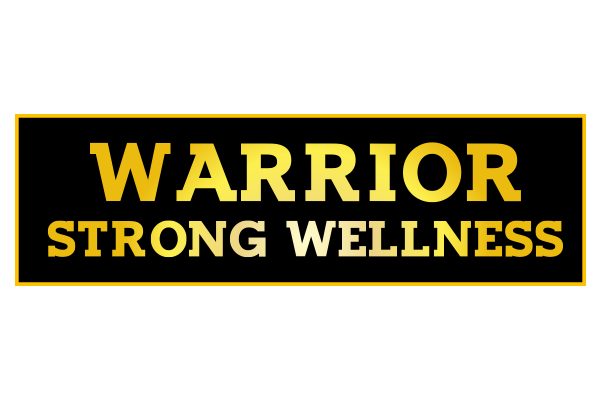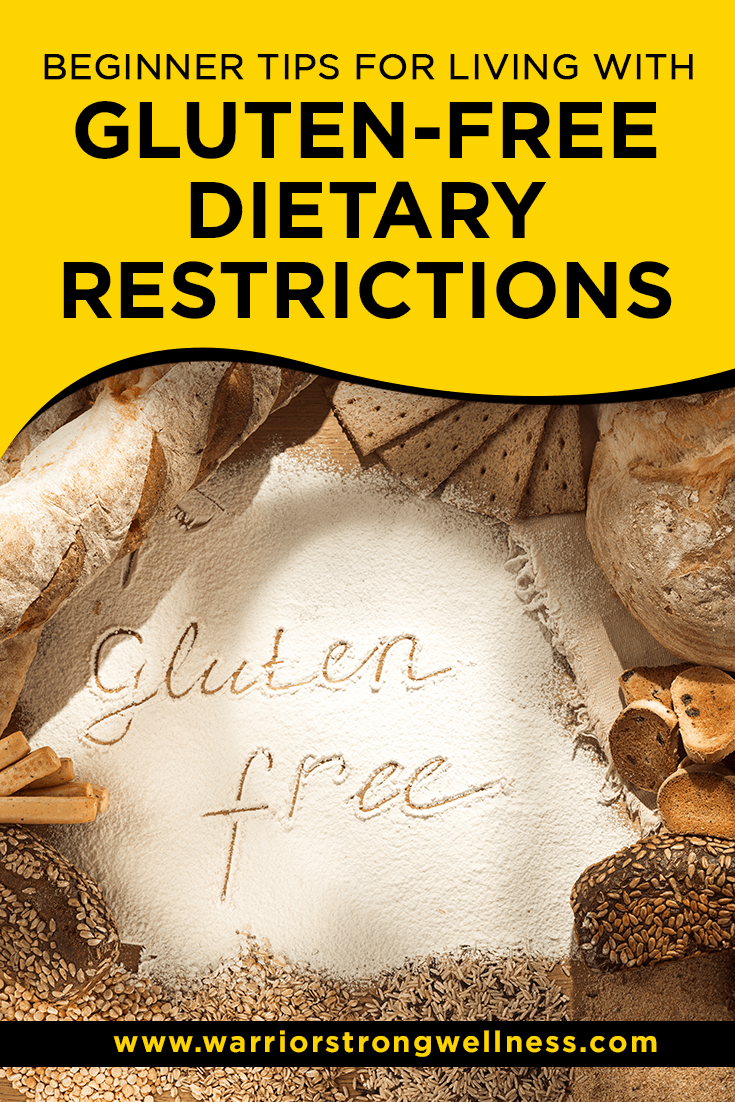Starting on a gluten free diet means a complete lifestyle adjustment. From choosing the right foods to finding an organic superfood greens powder that doesn’t contain wheatgrass, here are some of the best tips to get you started.
If you have recently started on a gluten free diet, you may be finding out just how many foods you need to leave behind. Of course, because this type of diet is necessary for so many people, alternatives are becoming more commonplace. However, you might want some advice on how to get going in the right direction from day one. Today, we will discuss the answers to the following questions:
- What is gluten?
- Who should be on a gluten free diet?
- What grains contain gluten or frequently experience cross-contamination?
- What foods do I need to avoid or find a gluten free version of?
- Are there any hidden sources of gluten to beware of?
- What can I eat?
- Are there gluten free alternatives to the foods I’ve given up?
- Can I still go to a restaurant?
- Where can I find an organic superfood greens powder that doesn’t contain wheatgrass?
What Is Gluten?
Gluten is a type of protein that many common grains contain. The ones you will see the most often as an ingredient are wheat, barley, and rye. Gluten is the substance that gives bread and many other foods a pleasing texture. Because of this, you may find gluten added to sauces and dressings as a thickener or stabilizer. It is a crucial component in traditional baked goods and is often in processed foods.
Who Should Be on a Gluten Free Diet?
If you have celiac disease, a gluten free diet is a must. However, avoiding gluten is also beneficial for anyone who has a sensitivity to this particular protein. Additionally, many people with autoimmune conditions or inflammatory conditions find benefits from avoiding gluten. Therefore, your doctor can help you to make a good decision about whether a gluten free diet is for you.
Some people also try an exclusion diet, avoiding certain foods like gluten to see if symptoms reside and then reintroducing the food to see if symptoms recur. If this happens with gluten, you know to avoid it.
What Grains Contain Gluten or Frequently Experience Cross-Contamination?
If you need to eat a gluten free diet, you have to avoid wheat, rye, and barley. These are common grains that contain gluten. Other grains that you may not be familiar with include couscous, bulgur, spelt, and semolina. Some of these are types of wheat, and all of them contain gluten. Oats often experience cross-contamination in production. You might decide to eat oats that are specifically marked gluten free. However, sometimes people with celiac disease still have a reaction and may have to avoid oats altogether.
What Foods Do I Need to Avoid or Find a Gluten Free Version Of?
There are many foods that commonly contain gluten. For example, you will need to find a gluten free alternative for things like beer, cereal, bread, pizza, pasta, and other staples. You will also want to check the package of products like gum, nuts, salad dressing, sauces (especially soy sauce and other sauces like teriyaki that have soy sauce as a base), gravy, French fries, condiments, and really any prepackaged food.
Are There Any Hidden Sources of Gluten to Beware Of?
Besides food, you should take a look at any other products that may get in your mouth, even accidentally. For example, gluten may be hiding in your toothpaste, mouthwash, lip balm, medications, shampoo and other soaps, playdough, sunscreen, and other products like these.
Many of these products are gluten free, but companies don’t see the need to label the product accordingly. So if you have a favorite brand, you may need to contact the company.
What Can I Eat?
There are plenty of foods that are entirely gluten free naturally. So as long as there is no cross-contamination in the food preparation process, these are things you can always enjoy. Some examples include fruits, vegetables, meats, fish, poultry, eggs, and dairy products. Nuts, seeds, and legumes should be gluten free. Again, make sure there are no additives.
There are also many gluten free flour varieties such as corn, potato, coconut, almond, tapioca, arrowroot, amaranth, buckwheat (don’t worry, it’s not actually wheat), rice, sorghum, millet, and more!
Are There Gluten Free Alternatives to The Foods I’ve Given Up?
There are gluten free varieties of just about anything available. From bread and pasta to pizza and breaded chicken cutlets, your grocery store may have a separate gluten free section or have these products alongside their gluten-containing counterparts. There are also plenty of specialty products available online.
Just keep in mind that gluten free doesn’t automatically mean healthy, low calorie, or low sugar. Processed gluten free foods are not automatically good for you just because they won’t make you sick immediately.
Can I Still Go to a Restaurant (or Get Take-Out)?
Eating food that someone else cooks can be tricky on a gluten free diet. You have to ask about more than ingredients, especially if you have celiac disease. However, some restaurants understand gluten free eating, and they may even have a separate prep area to help you. Before you order any fried foods that are gluten free, check to make sure they are fried in a separate fryer than gluten-containing foods to avoid cross-contamination.
Where Can I Find an Organic Superfood Greens Powder That Doesn’t Contain Wheatgrass?
Warrior Strong Wellness is proud to offer our Certified Organic Superfood Greens Powder without wheatgrass so you can get the nutrition you crave without the gluten you have to avoid. Give it a try to supplement your gluten free diet today!



